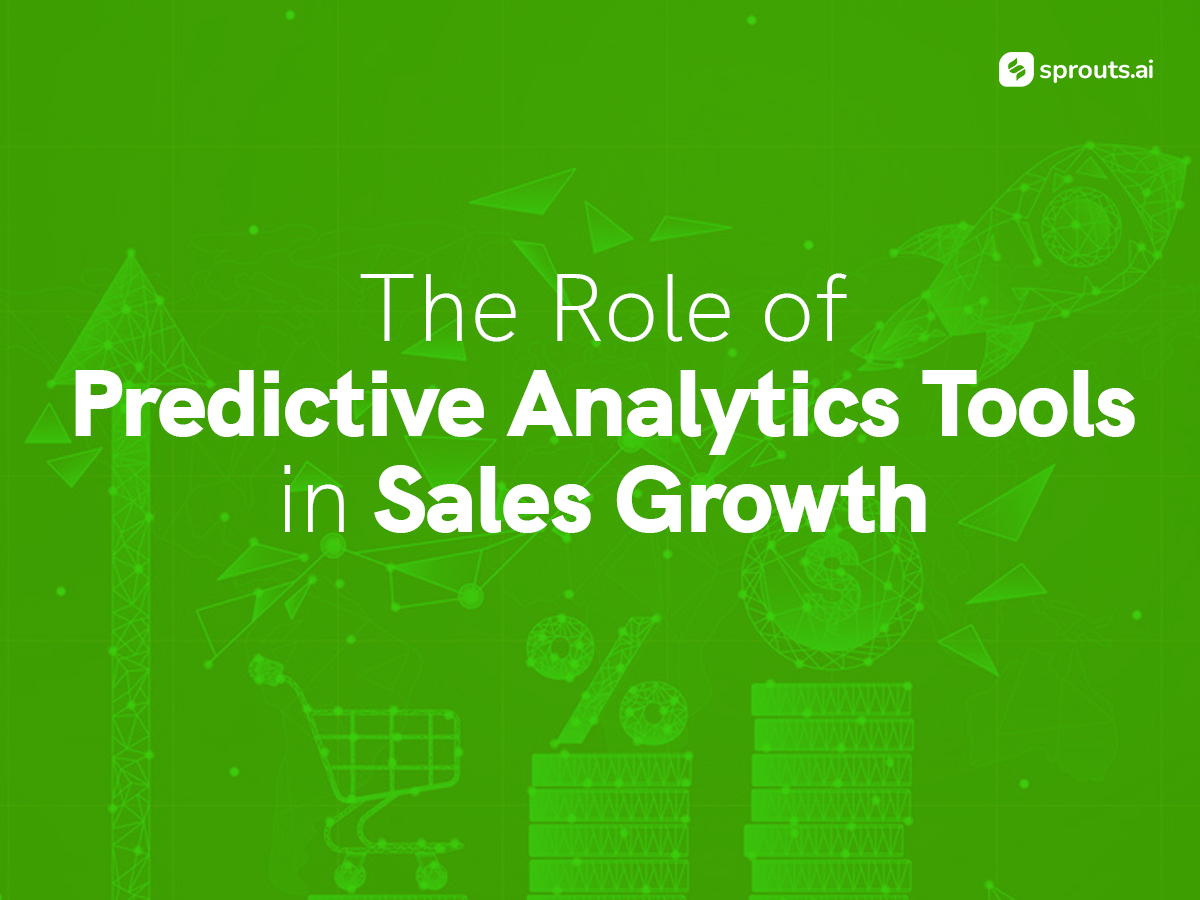In the era of data-driven decision-making, businesses across industries are harnessing the power of predictive analytics tools to gain a competitive edge. Predictive analytics enables organizations to leverage historical and real-time data to forecast future outcomes with remarkable accuracy. These tools play a pivotal role in increasing conversion rates and optimizing sales processes.
In this blog, we will discuss the key features of predictive analytics tools and explore how they can help businesses drive sales conversion.
Data Collection and Integration
Predictive analytics tools excel at collecting, aggregating, and integrating vast amounts of data from multiple sources. These sources can include customer relationship management (CRM) systems, marketing automation platforms, social media, website analytics, and more. By consolidating data from various touchpoints, predictive analytics tools provide a comprehensive view of customer behavior, preferences, and buying patterns. This wealth of information serves as the foundation for generating accurate predictions and actionable insights.
Data Cleansing and Preprocessing
To derive accurate predictions, predictive analytics tools employ advanced data cleansing and preprocessing techniques. These processes involve identifying and rectifying inconsistencies, errors, and missing values within the dataset. By ensuring data integrity and quality, these tools enhance the accuracy of predictions, which in turn aids in identifying the most promising sales prospects.
Machine Learning Algorithms
Predictive analytics tools leverage sophisticated machine learning algorithms to analyze historical data and identify patterns, trends, and correlations. These algorithms employ techniques such as regression analysis, decision trees, neural networks, and clustering to uncover hidden insights. By understanding the factors that contribute to successful sales conversions, businesses can optimize their sales strategies, target specific customer segments, and tailor their offerings accordingly.
Lead Scoring and Prioritization
Lead scoring is a critical component of sales conversion optimization. Predictive analytics tools assign scores to leads based on their likelihood of converting into customers. By assessing a range of factors, such as demographics, purchase history, online behavior, and engagement levels, these tools help sales teams focus their efforts on leads with the highest conversion potential. By prioritizing leads effectively, businesses can optimize their sales resources, improve efficiency, and increase conversion rates.
Sales Forecasting
Predictive analytics tools empower businesses to make accurate sales forecasts by analyzing historical sales data and identifying patterns and trends. These tools provide insights into sales cycles, demand fluctuations, seasonal trends, and market dynamics. By understanding future demand patterns, businesses can align their sales strategies, optimize inventory management, and enhance customer satisfaction. Sales forecasting also aids in setting realistic targets and performance metrics for sales teams, promoting accountability and driving sales growth.
Personalized Sales Recommendations
One of the most significant advantages of predictive analytics tools is their ability to generate personalized sales recommendations. By analyzing customer data, purchase history, and preferences, these tools provide tailored product suggestions, cross-selling and upselling opportunities, and targeted promotional offers. This personalized approach enhances the customer experience, increases engagement, and boosts sales conversion rates. Customers are more likely to convert when they receive relevant recommendations that align with their needs and preferences.
Churn Prediction and Customer Retention
Predictive analytics tools are instrumental in identifying customers who are at risk of churning. By analyzing customer behavior, engagement levels, and satisfaction metrics, these tools generate churn prediction models. These models help businesses take proactive measures to retain customers by implementing targeted retention strategies, such as personalized offers, loyalty programs, and proactive customer support. By minimizing customer churn, businesses can improve customer lifetime value, reduce acquisition costs, and foster long-term customer relationships.
Predictive analytics tools offer a multitude of features that can significantly impact sales conversion. By leveraging the power of data-driven decision-making, organizations can gain a competitive edge and achieve higher conversion rates, leading to increased revenue and business success. Embracing predictive analytics is no longer an option but a necessity for businesses looking to thrive in today’s data-driven world. Click here to book a free audit for your company and learn more about how predictive analytics can help you!

